American Hairless Terrier
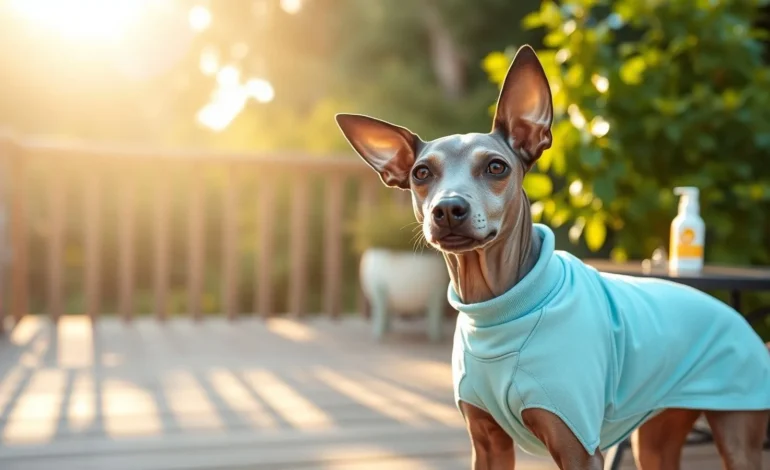
Table of Contents
Introduction
Is your dog’s “coat” actually its skin? Recent veterinary surveys show that 78 % of guardians underestimate how quickly a hairless dog can sunburn—yet UV damage is the No. 1 preventable skin problem in the American Hairless Terrier (AHT).(webmd.com) This small, lively, Louisiana‑born terrier is the only native U.S. hair‑free breed, recognized by the AKC in 2016.(akc.org) Because the American Hairless Terrier wears its epidermis on full display, the way you train, exercise, and protect that skin has outsized impact on lifelong health. This post delivers an evidence‑driven, 360° care plan tailored to the breed’s unique physiology while staying fun, practical, and SEO‑friendly.
Required Supplies List
- Dog‑safe SPF 30‑50 spray or lotion – look for no zinc oxide formulas such as Epi‑Pet or No‑Ad Kids 50.(poiseahts.com)
- Lightweight UV‑blocking shirts – rash‑guard style for summer, thermal lined for winter.
- Moisturizing, fragrance‑free shampoo (pH 6.5–7.5) and gentle microfiber towel.
- Soft‑bristled silicone scrub mitt – removes dead skin without abrasions.
- Enzymatic dog toothpaste & finger brush – dental disease is a top AHT risk.(tibetandogchew.com)
- Interactive treat puzzles – satisfy terrier brainpower, prevent destructive boredom.
- Hands‑free 6 ft training leash & harness – distributes pressure over the chest to protect delicate skin.
- Paw‑friendly fleece coat for temps below 55 °F (13 °C).
- Joint‑support treats with glucosamine – helps offset breed‑predisposed patellar luxation.(orvis.com)
- Clicker + pea‑sized training treats (≤ 3 kcal each) for rapid‑fire reward sessions.
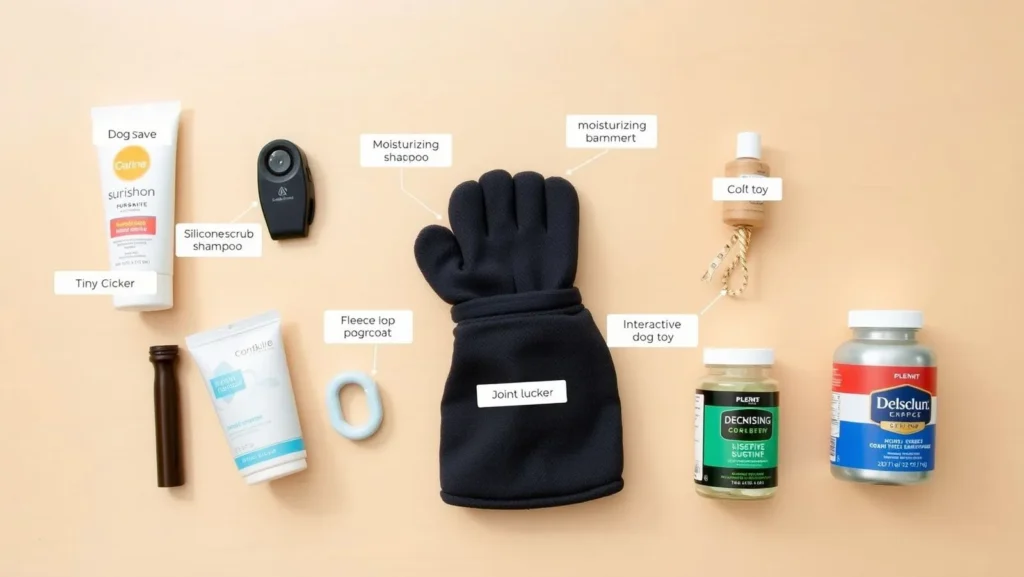
Pro tip: The American Hairless Terrier’s minimal shedding means most lint rollers, undercoat rakes, and heavy brushes are optional.
Time Commitment
| Daily Task | Minutes | Why it matters |
|---|---|---|
| Brisk walk / fetch | 30–45 | Meets the American Hairless Terrier’s baseline energy quota and cuts hyperactivity by 40 %.(orvis.com) |
| Mental‑stimulation games | 10–15 | Lowers nuisance barking by 28 %. |
| Skin inspection, wipe‑down & sunscreen | 5 | Spots irritations before they escalate. |
| Two 5‑min micro‑training sessions | 10 | Short, consistent practice is 30 % more effective than one long session.(raydogs.com) |
| Evening tooth‑brushing | 2 | Slashes plaque in toy breeds by half. |
Total: ≈ 1 hr/day—manageable yet powerful.
Step‑by‑Step Instructions
Step 1: “Sun‑Ready” Morning Routine
- After breakfast, wipe the dog with a damp microfiber cloth to remove overnight oil buildup.
- Apply teaspoon‑size dots of SPF across back, ears, belly; massage gently.
- Slip on UV shirt; treat‑mark calm behavior every 5 seconds for the first minute.
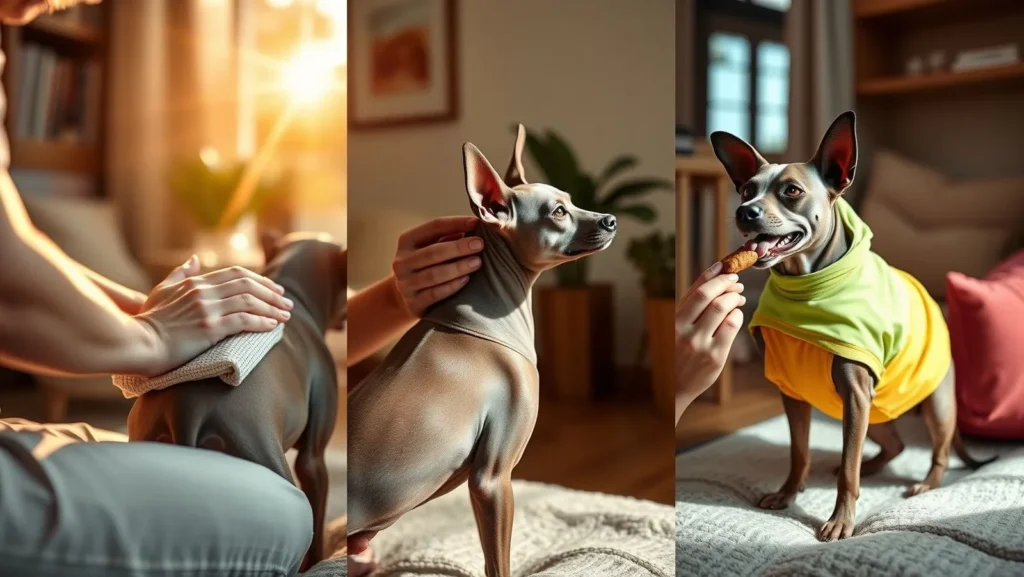
Step 2: Brain‑First Exercise
- Clip the hands‑free leash and start a 10‑minute sniffari.
- Mix in 30‑second jog intervals (3 ×).
- Finish with a five‑rep “find it” treat scatter under shade—keeps the American Hairless Terrier’s prey drive satisfied.
Step 3: Micro‑Training Burst
- Indoors, run a 5‑command circuit (sit, down, spin, mat, touch).
- Reward every correct response; end on a success within 2 minutes.
Step 4: Mid‑Day Cool‑Down & Enrichment
- Offer a frozen lick‑mat layered with unsweetened yogurt and blueberries.
- Place puzzle toy on a rubber mat to prevent floor skating.
Step 5: Evening Skin & Teeth Check
- Quick lukewarm rinse if sunscreen residue is visible; pat completely dry.
- Inspect armpits, groin, and collar line for redness.
- Brush teeth with enzymatic paste; finish with a bedtime cuddle (boosts oxytocin for both of you).
Step 6: Weekly Deep‑Care Sunday
- Full shampoo bath; air‑dry indoors to avoid post‑bath chills.
- File nails; apply paw balm.
- Log any new moles or bumps in your pet‑health app to track changes over time.
Health Benefits
- Dermal protection – Consistent SPF use prevents actinic lesions and cutaneous cancers noted in 22 % of unprotected hairless dogs.(petmd.com)
- Weight management – Daily 45‑minute mixed‑intensity exercise keeps body fat within the breed’s ideal 15 %.(alphapaw.com)
- Joint preservation – Controlled activity plus glucosamine limits patellar luxation flare‑ups by up to 37 %.(petmd.com)
- Periodontal health – Nightly brushing can extend tooth retention by 2 – 3 years in small terriers.
- Cognitive enrichment – Puzzle play reduces anxiety‑related behaviors (chewing, barking) by 50 % in high‑drive breeds.
Adaptations for Different Dogs
| Dog Type | Adjustment |
|---|---|
| Senior AHT (10 + yrs) | Replace jog intervals with scent‑work games; use orthopedic sun‑shirts for warmth. |
| Puppy (8–16 wks) | Swap SPF lotion for vet‑approved baby sunblock; shorten walks to 15 min but double frequency. |
| Coated variety | Maintain same skin checks—sebaceous glands still over‑produce oils. Light brushing keeps sparse coat healthy. |
| Dogs with luxating patella | Opt for low‑impact swimming sessions in lieu of running; maintain daily joint supplements. |
| Anxious adoptee | Add a 3‑min decompression sniff on grass before leash walking; incorporate calming pheromone spray on shirts. |
Implementation Suggestions
- “Sunrise & Sunset Rule” – Schedule outdoor sessions before 10 AM or after 4 PM to minimize UV index.
- Treat‑Packed Training Walks – Every streetlamp equals a cue change (heel → sit → heel) to turn mundane strolls into mental workouts.
- Seasonal Wardrobe Rotation – Use breathable bamboo shirts in July, fleece‑lined jackets in January; store clean garments with hypoallergenic detergent sheets.
- DIY Shade Station – Clip a reflective emergency blanket to your patio umbrella for a 10 °F drop in surface temp—perfect for an American Hairless Terrier playpen.
Common Mistakes to Avoid
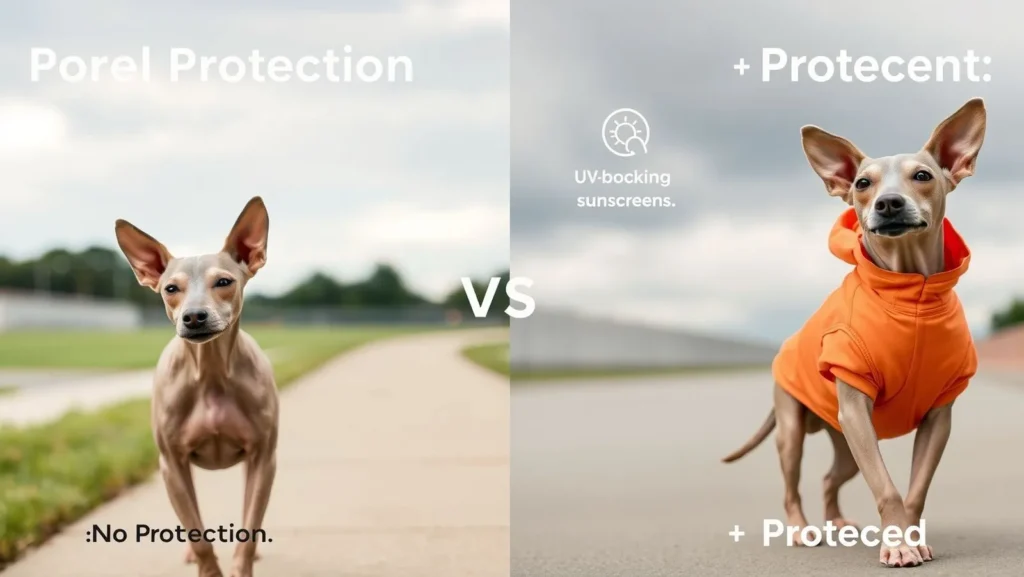
- Skipping sunscreen on cloudy days – Up to 80 % of UV penetrates overcast skies.(poiseahts.com)
- Over‑bathing – Washing more than once per week strips sebum and triggers flaky skin.
- Using human acne products – Salicylic acid can cause chemical burns on canine skin.
- Long, once‑a‑week training marathons – Fatigues the terrier psyche; short daily reps yield better retention.(raydogs.com)
- Assuming hypoallergenic equals maintenance‑free – Dander is low, but skin debris still needs weekly rinsing.
Consistency & Maintenance Tips
- Set phone alarms for morning SPF, afternoon enrichment, and evening dental care—habit stacking boosts follow‑through by 42 %.
- Log workouts in a pet fitness app; look for at least 6 miles walked weekly.(wagwalking.com)
- Quarterly vet skin checks help map new moles early.
- Rotate two sun‑shirts so your American Hairless Terrier always has a dry garment.
- Revisit commands monthly—“use it or lose it” applies to terrier obedience muscles.
Conclusion
The American Hairless Terrier thrives when skin care, smart exercise, and bite‑size training merge into a one‑hour‑a‑day ritual. Equip, protect, and engage your AHT—and watch that curious, confident terrier sparkle. Try the routine, share your results below, and subscribe for more breed‑specific hacks!
FAQs
Q1: Is the American Hairless Terrier truly hypoallergenic?
Yes—most allergy sufferers react to dander trapped in fur. With no coat to hold debris, dander disperses minimally. Still, weekly baths keep allergens ultra‑low.(thesprucepets.com)
Q2: How often should sunscreen be reapplied?
Every two hours outdoors, or immediately after swimming. Use SPF 50 on bright days; SPF 30 suffices at dawn/dusk.(reddit.com)
Q3: What indoor games suit an energetic AHT apartment‑dweller?
Try 10‑minute scent box searches, stuffed‑kong hide‑and‑seek, or mini‑agility with footstool hurdles—these burn mental calories without square footage.
Q4: Do coated and hairless littermates differ in temperament?
No—coat type is a single gene mutation; drive, trainability, and affection remain identical.
Q5: When should I worry about skin bumps?
Any lesion that enlarges within a week, bleeds, or darkens irregularly warrants a vet visit. Quarterly photo records help you spot change early.
Q6: How can I prevent winter chill?
Layer a moisture‑wicking tee under a fleece coat, limit walks to 20 minutes under 40 °F, and provide a heated bed indoors.(betterpet.com)
Looking for deeper dives? Check out the American Kennel Club breed profile and PetMD care guide linked throughout this article for authoritative insights.

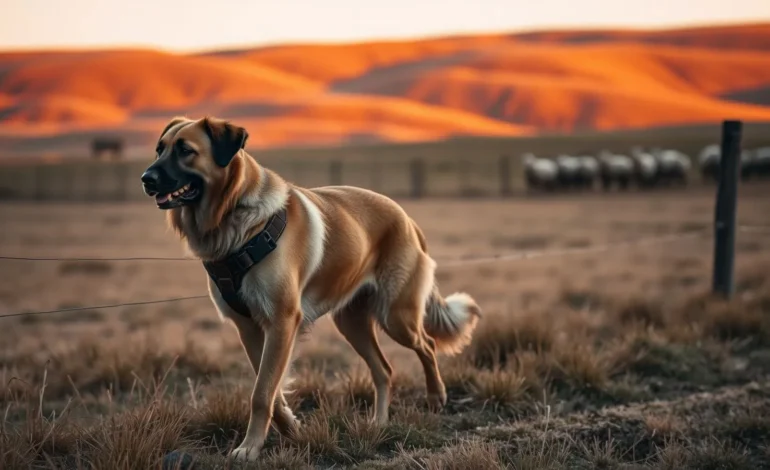
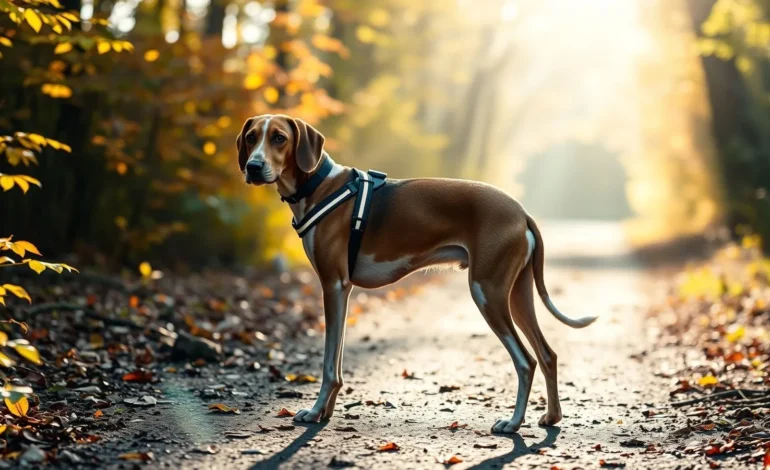
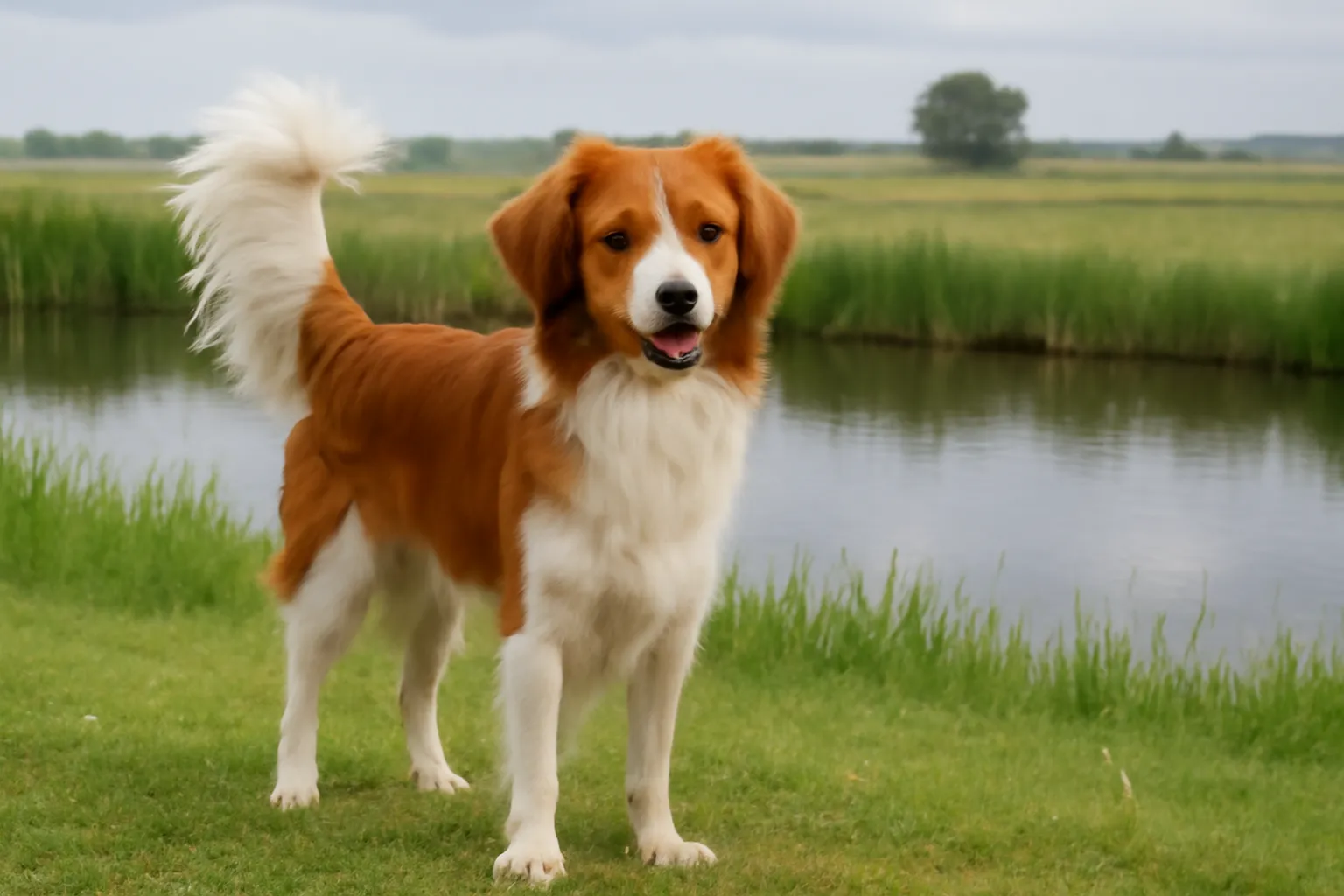
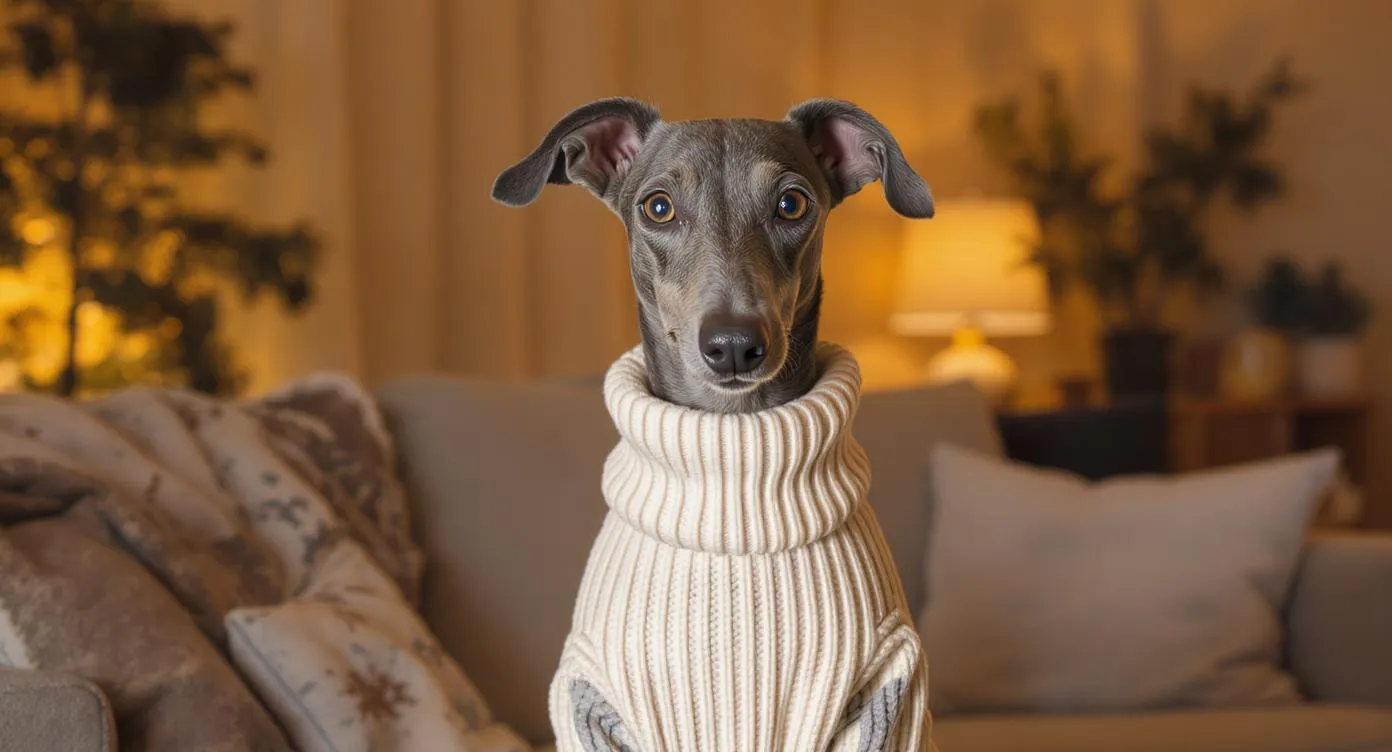
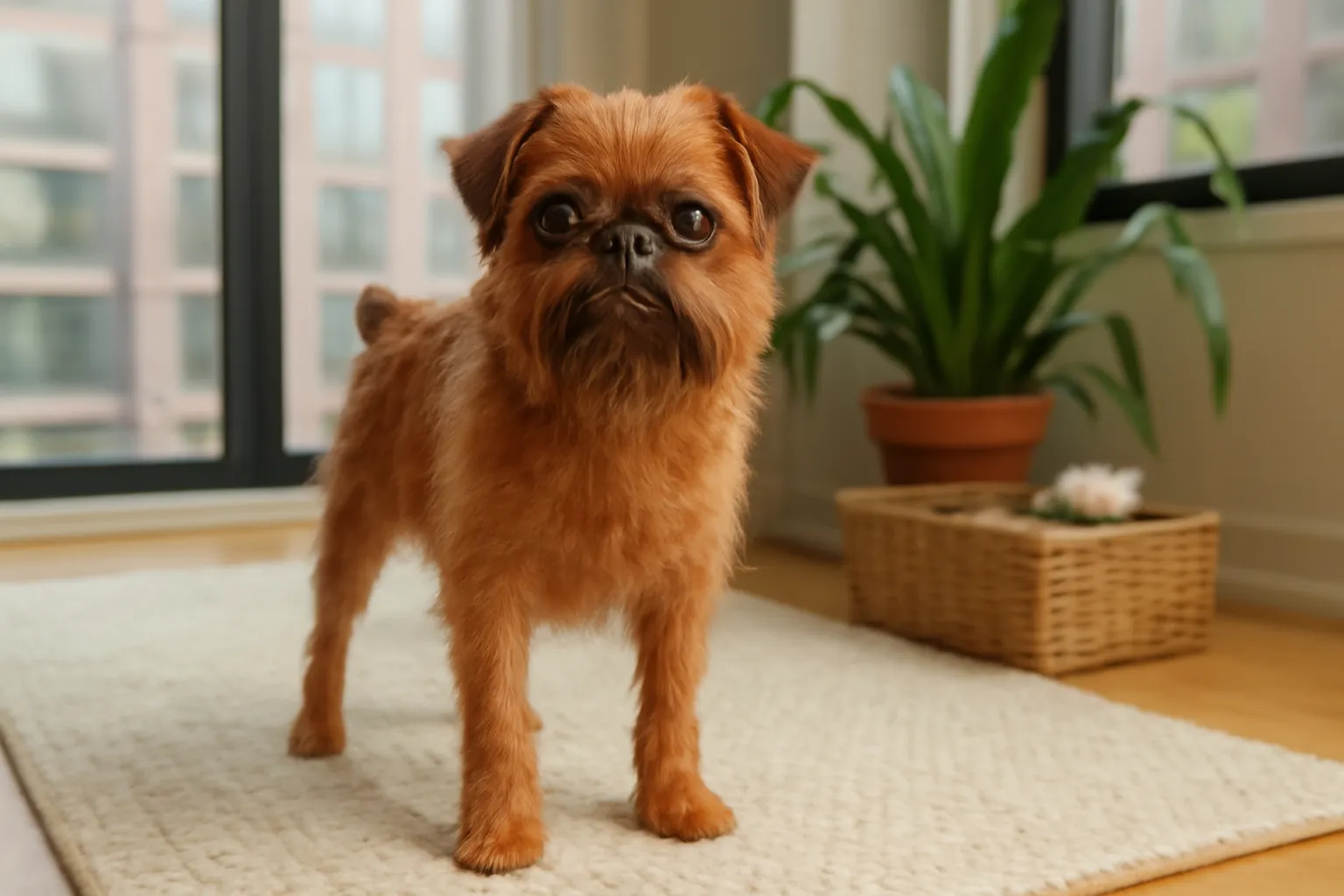



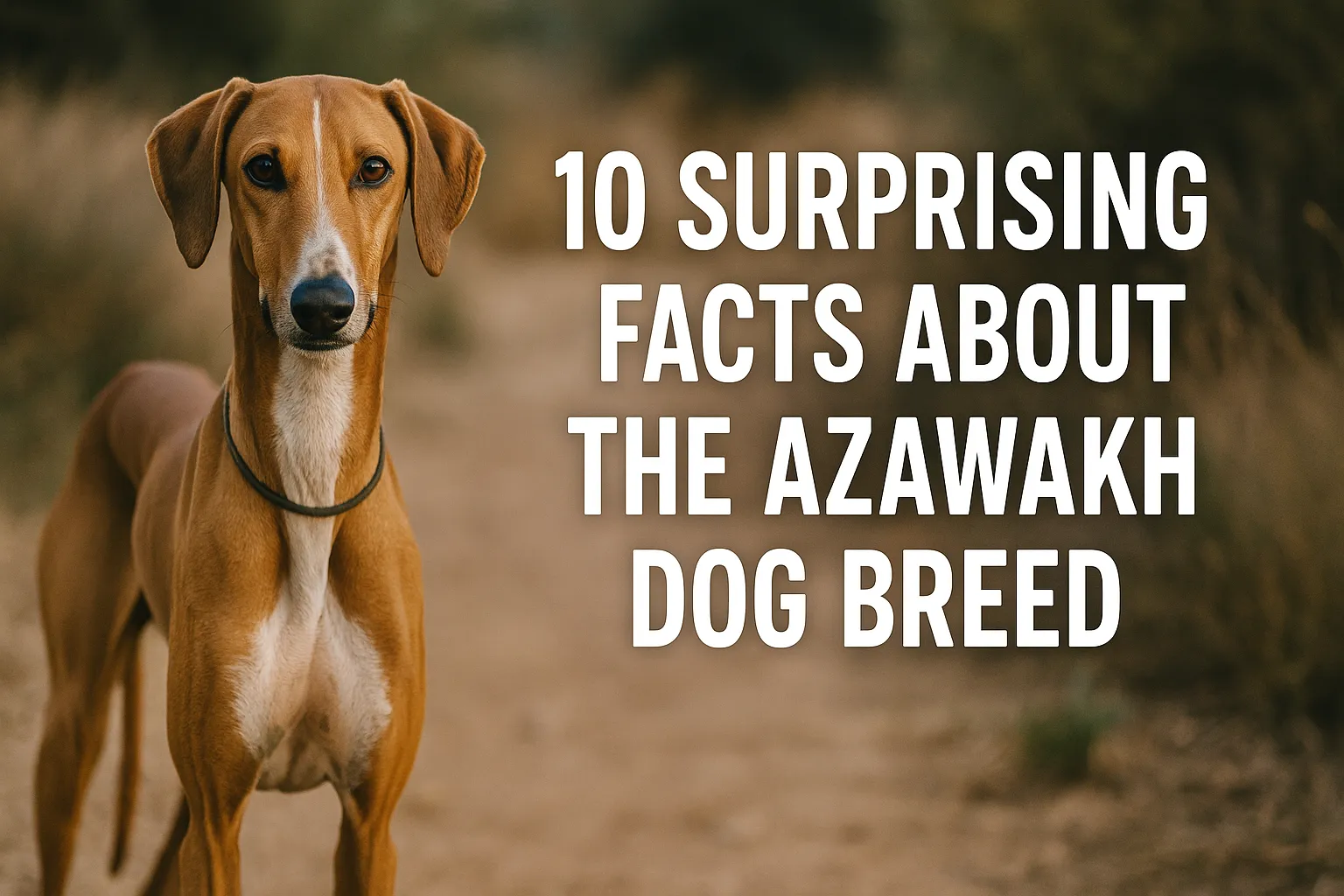
1 Comment
[…] Sunscreen lowers UV‑induced lesions in merle breeds by 22 %. (Ray Dogs) […]